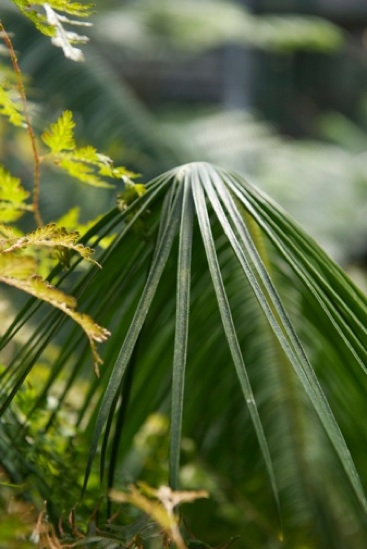HOMEPAGE | ATLAS & PHOTOGALLERY | EUROPEAN COLLECTIONS | HORTICULTURE | PROTECTION (cz) | CONTACTS | CZECH

HOMEPAGE | ATLAS & PHOTOGALLERY | EUROPEAN COLLECTIONS | HORTICULTURE | PROTECTION (cz) | CONTACTS | CZECH

Czech Cycads

Cycads of Cuba
There is still a substantial confusion concerning the number of species growing in Cuba. It is due to the extreme variability of the plants inside their populations, to the international isolation of the country and also to the problematic usage of internationally known names like “amblyphillidia” for quite different species inside Cuba. More international effort is required, probably to result in new species description.
The first issue of Flora de Cuba introduced 10 species. The amendment of this classic publication from 1974 reduced the number to 4, which was later criticised as exaggerated. The contemporary database Flora de Cuba uses the number 8. This is also the list presented here.
8 or 10 Species in Cuba?
The database Flora de Cuba mentions the following species and localities in Cuba, even for species described from other countries like Bahamas, Puerto Rico and Dominican Republic. We therefore prefer to use the names of their localities (Viñales, Trinidad, Baracoa etc) as the Cuban latin names do not always correspond to the true species known globally and can be expected to change in future. Especially in doubt is the usage of the names of Zamia amblyphillidia and pumila in Cuba. The attribution of the Zamia ottonis name to a well defined species is unclear.
Cuban Zamias labeled with foreign names by Flora de Cuba:
•“Zamia angustifolia”, Eastern Cuba, known in collections as
- Zamia sp. Turquino. However, the true Zamia angustifolia is from Bahamas.
•“Zamia amblyphillidia”, wide leaflet Zamia grows in 3 separate groups:
- Zamia sp. Viñales - Western Cuba, used to be Zamia media fm. calcicola
- Zamia sp. Trinidad - Central Cuba on its Southern coast
- Zamia sp. Baracoa - Eastern Cuba, used to be Zamia latifoliata as the widest leaflet Cuban cycad.
The original Flora de Cuba by Lutgarda Gonzáles-Géigel treated these wide leaflet Zamias jointly as Zamia amblyphillidia (=erosa), but they are certainly not a true Zamia erosa which is from Puerto Rico.
•“Zamia integrifolia”, Central Cuba, mostly Northern coast, its relationship to the other “integrifolias” is not clear yet. It is known in collections as
- Zamia sp. “Nuevitas”
•“Zamia pumila” - Easternmost tip of Cuba.
The true Zamia pumila however originally comes from the Dominican Republic, with the description here.
Cycads originally described from Cuba:
•Zamia ottonis, Matanzas and throughout Cuba, description to be found here, this species is the least known among the Cuban species and there is still a substantial doubt as to its identity.
•Zamia pygmaea - Western Cuba and Isla de Juventud, Other authors especially in the USA often use the denomination Zamia kickxii for Zamia pygmaea. Find with the desription here. The denomination Zamia silicea was used for Zamia pygmaea from the Isla de Juventud (Isla de los Pinos).
•Zamia stricta - Eastern Cuba, endemic only in Santa María de Loreto in Sierra Maestra, the narrowest of the narrow.
•Microcycas calocoma - Western Cuba, see also our photogallery
However, as there is no serious publication dedicated to cycads of Cuba except the Flora de Cuba, this number is certainly not final. It will require future revaluation and the species mentioned here will almost certainly receive new names.
Also these species are known from the collections:
- Zamia sp. “Holguín”, coming from the eastern province of Holguín. According to Flora de Cuba, by its locality, it would fall either into Cuban “ottonis” or “pumila” species, whatever these result to be.
- Zamia angustissima - how well this was defined or whether this is Zamia stricta or Zamia angustifolia remains to be decided
Flora de Cuba Database & Cuban Botanic Gardens
Those interested in the Cuban cycads should know the Flora de Cuba, a large publication from Cuba as well as its unfinished internet database, a result of the joint project of Cuban and German botanists. Lutgarda Gonzáles-Géigel, who was the author of the part dedicated to cycads, is deceased.
•Flora de Cuba - see the database and find your species. Clicking on the arrows will get you the localities for the given species (Red arrow) and maps (green arrow).
•Cycads in Cuban Botanic Gardens - photo gallery from Havana and Las Tunas Botanic Gardens. We were not able to get names for most of the specimens growing in these gardens.
Cycads in Europe & other countries
We are gradually mapping the European collection of cycads. Until now, we have done the following. Read more in our articles
•Czech Republic (CZ) - some of the text can be also found on our English homepage - with some of the oldest Encephalartos altensteinii and the tallest Cycas circinalis and Microcycas calocoma in Europe as well as a nice collection of fossil cycads
•Belgium (CZ) - This article adds information to the text published by Whitelock on Encephalartos laurentianus, the species described from the plants from the Belgian Congo, still in collection in Meise
•Cuba (EN) overview of the 8 Cuban species according to Flora de Cuba, with rare habitat photos - isolated country with not much information published abroad. The only article on the web.
•Denmark (EN) with the oldest Zamia lindenii in Europe
•Ireland (EN) - the birthplace of Ceratozamia fuscoviridis in Dublin
•the Netherlands (EN) with a beautiful collection in Leiden
•Poland (EN) with some historical plants from the original Warszewicz garden in Krakow, a fantastic group of Stangeria and 200 yrs old plants of Ceratozamia mexicana
•Portugal (EN) - see also our photo gallery from Lisbon
•Russia (EN) - CVs of Küster, Katzer and Perovsky after whom cycads were named
•Slovakia (EN) - with one of the EU well known cycad seed sellers
•Sweden (EN) with probably the largest Zamia pseudoparasitica on public display in Europe
We are usually using the names of the species as described by the gardens, even though sometimes a re-evaluation of the description might be needed.
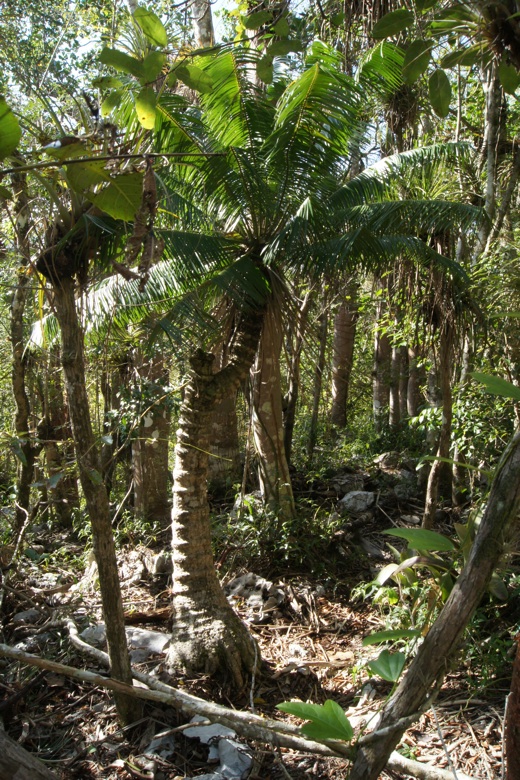
Microcycas calocoma in Western Cuba. On the right, you can see a typical Microcycas leave (Liberec Botanic Garden)
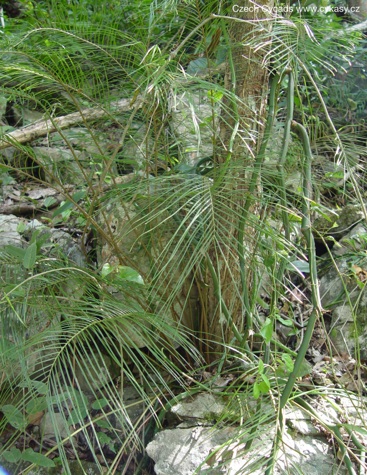
Narrow leaf Zamia in Eastern Cuba near Pico Turquino, Cuban “Zamia angustifolia”
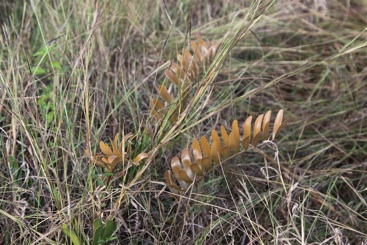
Wide leaf Zamia near Trinidad, from a meadow in central Cuba, photo courtesy of Michael Calonje, Montgomery Botanical Center. See also a plant from a jungle near Trinidad in an article on Trinidad Zamias...

Zamia stricta in Havana Botanic Garden, originally from eastern Cuba, is the narrowest of the narrow, photo courtesy Boris Vrškový
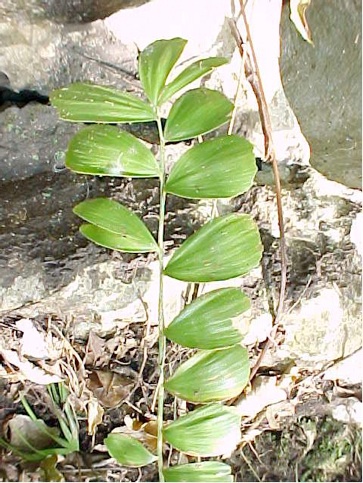
Wide leaf Zamia from Viñales from western Cuba grows on calcite rocks.

Female cone of Zamia near Trinidad in Central Cuba, photo Michael Calonje, Montgomery Botanical Center
